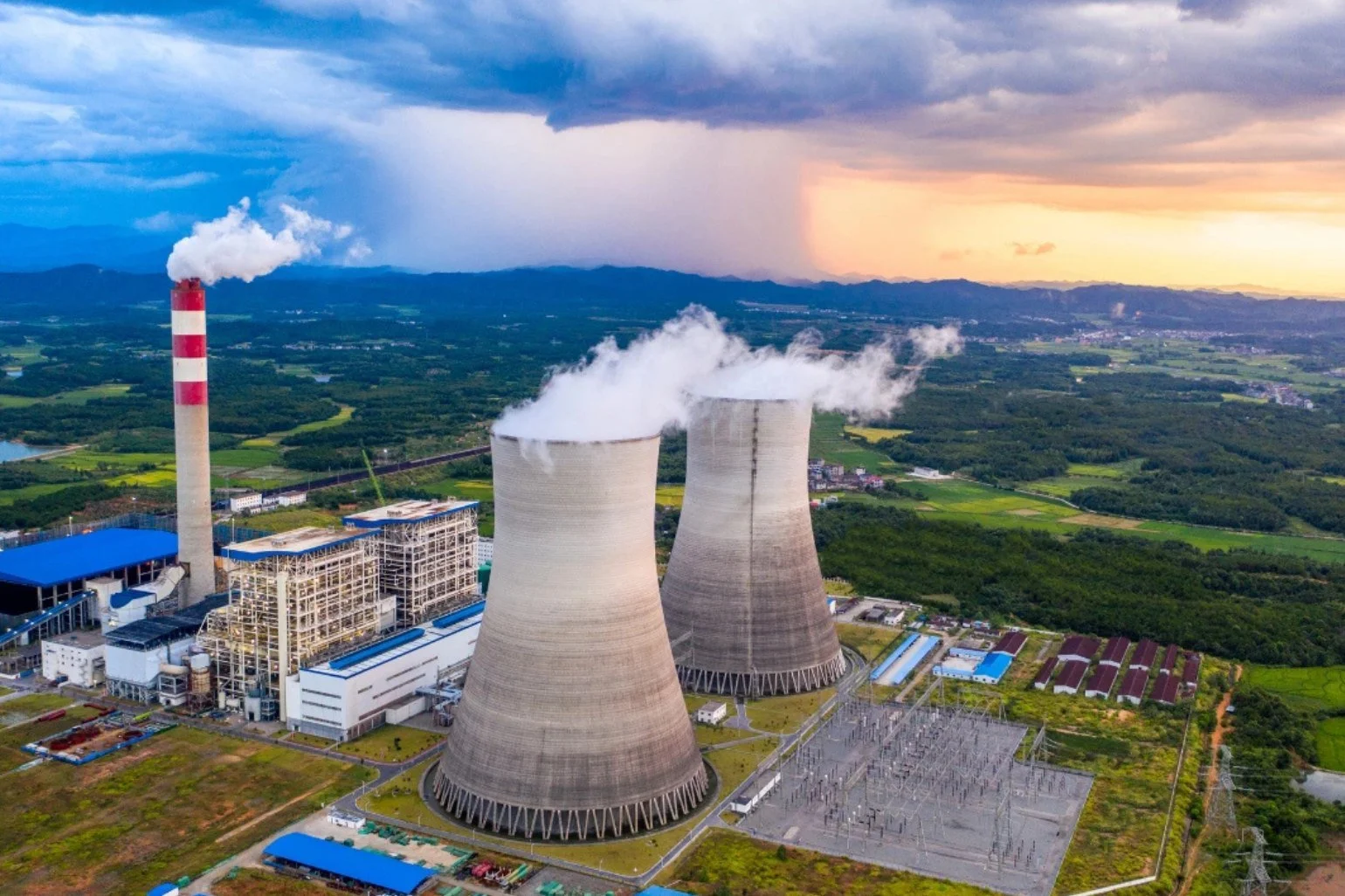India's grid strain highlights need for conventional baseload power
The ambitious push for renewable energy in India is encountering significant financial and logistical hurdles, underscoring the critical importance of conventional power sources in maintaining grid stability.
Recent analysis from India's top electricity market executives reveals that the nation's renewable "boom" is causing soaring transmission costs. The core issue, as highlighted by industry leaders, is that the transmission network is being built based on estimated potential renewable generation, not on actual proven capacity or real-time demand.
This "build it and hope it comes" approach is proving costly.
The High Cost of Intermittency
Ghanshyam Prasad, Chair of the Central Electricity Authority (CEA), confirmed that this planning disconnect is leading to surging transmission charges for state power utilities.
This scenario creates a significant risk of developing stranded assets—building expensive transmission infrastructure for intermittent power that may not be available when needed, or installing generation capacity that the grid cannot actually accommodate or sell.
To combat this, the CEA has stated it will now revise transmission plans every six months, a move that reflects the volatile and unpredictable nature of a grid overly reliant on intermittent sources.
A Call for a Holistic, Reliable System
Most importantly, Mr. Prasad stressed that India cannot simply build renewables and ignore the fundamentals of grid reliability.
He emphasized that the country must continue investing in its reliable, dispatchable power sources—including coal, natural gas, hydropower, and nuclear—to keep the grid functioning.
"Until we see the system holistically - planning, execution, grid operation, and cost - we will go wrong," Prasad noted.
This pragmatic assessment from the CEA confirms a reality we have long understood: renewable capacity targets are not the same as reliable generation.
The Reality of India's Energy Demand
While India recently celebrated achieving a target of 50% installed capacity from non-fossil fuel sources, this figure can be misleading.
Installed capacity does not equal actual electricity produced.
When the pressure is on—such as during severe heat waves—it is conventional power that meets the demand. Coal-fired generation still provides about 60% of India's total power output and remains the essential backbone of its energy security.
Grid constraints, transmission delays, and the high cost of energy storage (batteries) all demonstrate that the transition is far more complex than simply installing panels and turbines. A stable, modern energy system requires the reliable, 24/7 baseload power that conventional fuels provide.

